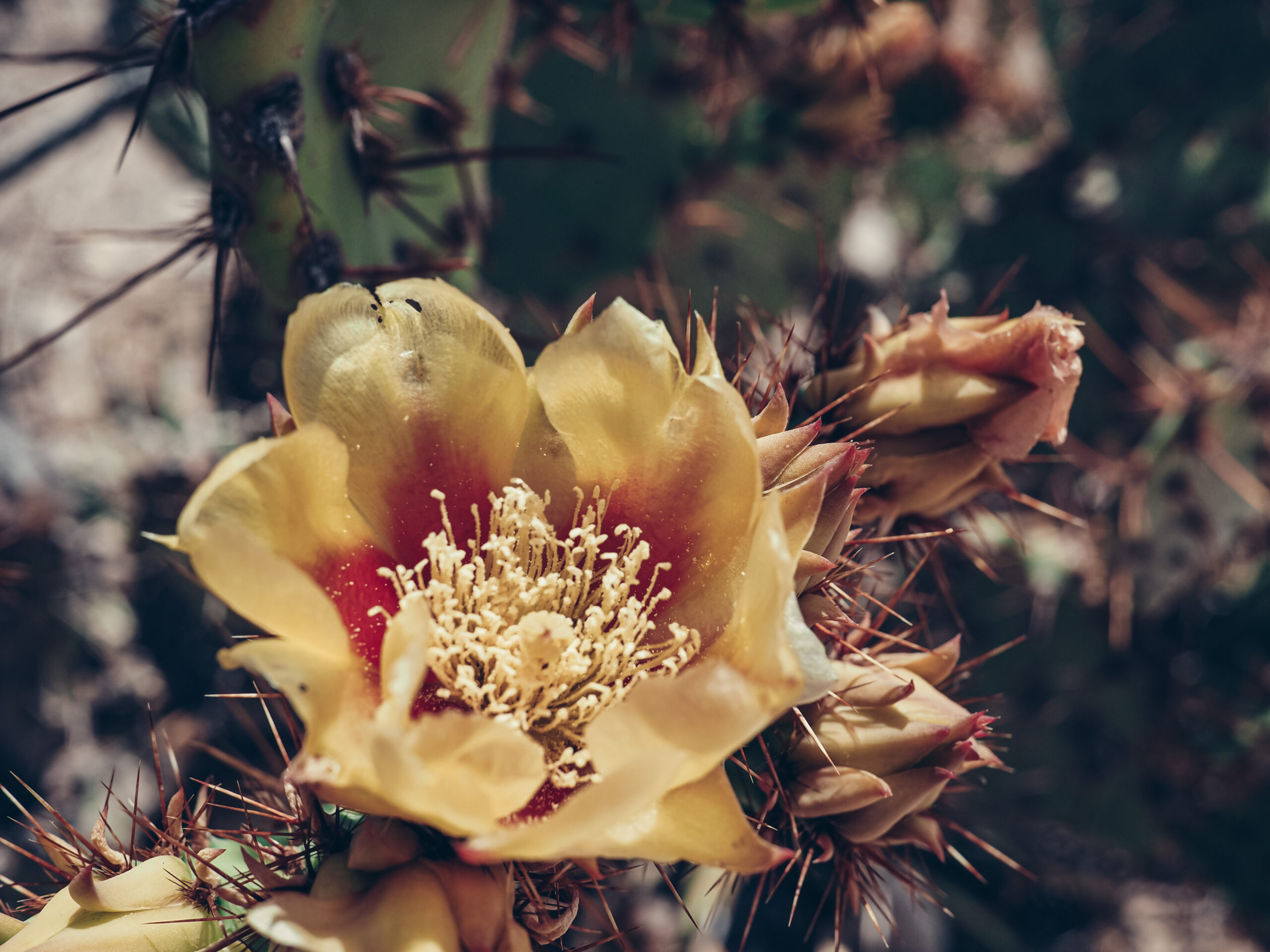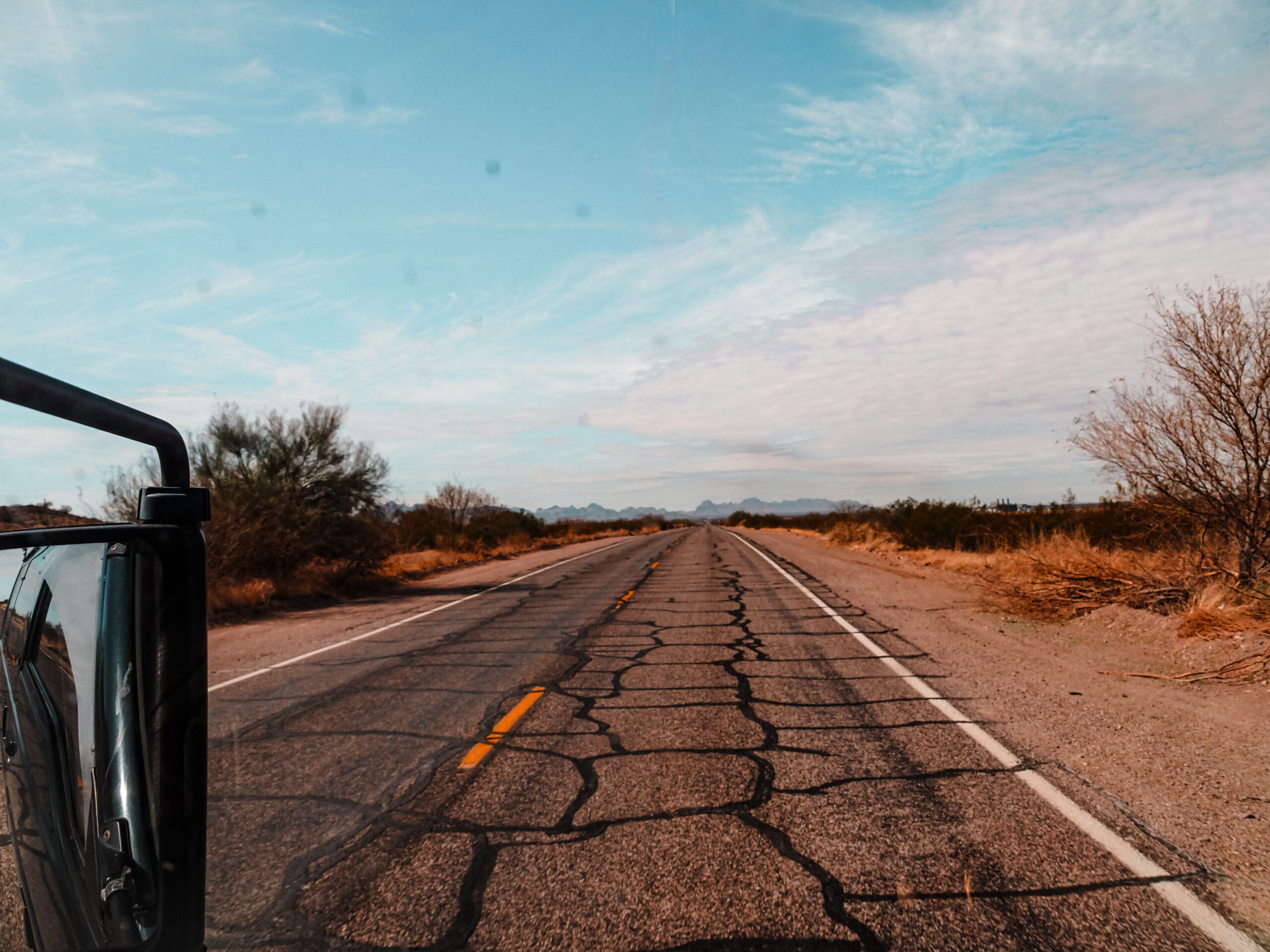EMBRACING MINIMALISM: PART TWO
March 2, 2021
SIMPLICITY ISN’T ALWAYS SIMPLE
This is the second part of a multi-part series. If you haven’t already read “Part One: Thoughts on Letting Go,” you can find it here.

After some reflection on what it means to be a minimalist and how life-changing this mindset shift can be, it was time to start trying to walk the walk. With that, came some unexpected challenges, which I will share with you. None of this is anything new for seasoned RVers, tiny home dwellers, or people who have already been living a small life. But if you’ve lived a life where you’ve always had space, you likely haven’t been forced to make these decisions or think about these things often.

Whether you are planning to take advantage of remote work opportunities by living temporarily in an RV or van, moving into a smaller space, or just simply want to downsize your material footprint, I think I have some thought-provoking points of consideration you might find helpful!

Chaos during one of many purges of our material possessions.
As I mentioned in Part One, I’ve done a lot of thinking about living a minimalist lifestyle, and had previously lived a smaller life compared to the average person. What I wasn’t prepared for was MICRO-living. It’s a different story if you’re going for a long weekend, on a road trip to visit friends, or taking a holiday to see a different part of the country. It seems like living out of a suitcase in your vehicle would be easy. But living–actually living, and not just a short-term holiday–is much more challenging. There have been multiple rounds of purges as we’ve slowly gotten rid of the things we simply don’t need.
If you’re also interested in migrating in this direction, you’re going to have to spend some time thinking, experimenting, and experiencing to truly discover what’s important to you. And all of this requires thought and reflection.

UNEXPECTED REALIZATIONS
Minimalism isn’t always less expensive. I think I assumed that with less stuff there would be lower costs. After having done a bit of living this way, it seems there’s most certainly a spectrum where it’s possible to find an optimal balance. But living VERY large or VERY tiny both have costs associated with them. When you have less space, as an example, in my 38 liter chest refrigerator, I can only buy food in small quantities. And typically, smaller quantities of any item are more expensive.
We all know how our refrigerators at our homes look: If you dig back there far enough, you’ll find some pickles from 2001 and probably a few other things that expired over five years ago. Additionally, in an average home, you have the space to take advantage of sale prices and buy extra supplies when they are less expensive. So it’s a double-edged sword. With more space, you are able to store a larger diversity, variety, and quantity of food, probably purchased at a cheaper price. But with that also comes enough space to encourage you to buy more than you need and set conditions for waste. This idea applies to everything–food is just an example of where I deal with this phenomenon most frequently.
Closely related to the financial cost associated with small spaces is the commitment of time and effort required as a consequence of the inability to stockpile and store items. Sure, financial costs are important, but something that may be easily overlooked is that this also causes more time to be spent locating where to purchase an item, going to the store, finding your item there or online, purchasing it, and potentially having to find a place to have your item shipped. All things that have the potential to be inconvenient while living as a nomad.
So the lack of space and consequent inability to purchase and store items in larger quantities causes more time and effort to be expended on acquiring those items that you can’t store. Bottom line, it can be quite a pain in the ass to regularly find yourself low on provisions, which means you have to grocery shop every couple of days instead of reaching into a large refrigerator or pantry. But…the situation is improving as I’m slowly figuring out how to optimize food consumption and storage with the space that I have!

In short, I’ve learned that there is a constant trade-off between money and space. Depending on your specific scenario, either the space or the money will be more valuable to you in each particular circumstance. Because my space is so limited, I’m finding that more often than not, space is also more valuable to me. I would rather have it, even though it may result in spending some extra money.
Another important piece of this seems to be determining where you absolutely cannot compromise. Would I rather buy the instant noodles that are on sale at Costco and get the cheaper price but take up loads of extra space? Or would I rather buy a smaller quantity of noodles at a higher price and use the extra space to maintain the spare mechanical parts we need for the van in case something in this 31 year old vehicle breaks? I think the answer is pretty obvious. But these are the kinds of things you don’t think about until you’re living in such a small space that such decisions are required!

Identifying items that have multiple purposes is absolutely critical. Whether you have a large RV, a small 1,000 sq ft house, or a tiny van, all of these are environments in which multi-purpose items provide value. I think the size of your space is a function of how relevant multi-purpose items will be for your situation. Obviously, the more space you have, the more specialized items you can afford to store. For me, having about the smallest van you can have, multi-purpose items are my friends. In a follow-on post, I’ll share some of the items that have been most useful to me. Maybe it will help you brainstorm or give you some ideas!
When I left Washington, there was no time before winter to build out the van, deliberately pack, or do test runs on long weekends. I was living in a small trailer in a campground, so there was no space to work on the van. All that to say, as soon as I was able to flee the rain, I did. And I deliberately brought anything and everything I thought I might use, knowing the downsizing would be a gradual process. I assumed that as a free woman, I’d have more time than I knew what to do with, so I should bring a bunch of leisure/recreation items. Books, fitness equipment, sports equipment. What I learned fairly quickly was that simply living consumed a significant portion of my time. What modern society has provided us with is convenience. With convenience, comes space for leisure. While living in this van, I found that every seemingly insignificant, menial process requires more time. Consequently, I didn’t want or use nearly as many recreation items and could reduce the quantity significantly.
Coffee routine. Simple, but not fast. A great way to slow down and has helped reduce my coffee intake to one cup every few days.
Preparing a meal, making coffee, finding a place to park for the night, setting up camp, making the bed… All of these require more of an effort than they required when I simply had more space. I can’t just walk over to my refrigerator, pull something out from the fridge or freezer for the air fryer, throw it in, eat my meal, toss my dishes in the sink to rinse, and stick them in the dishwasher. Nope. Obviously, life is much different–which I expected. What I didn’t expect was how time consuming some of these processes would become and the cumulative effect.

My friend Sophie using my cooking setup to prepare some Korean food for our dinner.
Making a meal:
I have to unload and unpack my camping tables.
Assemble my camping tables.
Pull out my stove, fuel, and wind screen and set them up.
Fetch my spices, olive oil, or butter out of the storage crate.
Get in the van, sit on the couch bed and take the lid off of my chest fridge.
Pull several things out in order to get to the items I need at the bottom of the fridge.
Back outside.
I have one stove burner on which to operate.
So I typically only cook one food item at a time. That takes a minute.
Unless it’s soup I can heat in my Jetboil.
So, for main dishes, side dishes, etc, that means I cook one thing at a time.
Until it’s all done.
By now it’s cold and dark outside, and I don’t feel like dealing with dirty dishes.
I usually stick them outside or on top of the fridge overnight.
I pull out my water bucket, soap, and scrub brush in the morning.
Repeat.
This process–among many others–provides an example of the time consumption considerations I hadn’t initially thought of because they’re things you often don’t think about until you actually experience them. This also forces one to slow down and stop rushing. Every process requires more time and attention, and I’m not necessarily implying that this is negative. It’s just different.

Finally, something worth thinking about if you’re embarking on some sort of journey with a partner, a forced minimalist lifestyle will quickly illuminate the difference in what material objects each of you values. And in a micro-living situation, where you MUST get rid of things, this is where compromise and patience have become personally important. There are some items that I only use. There are some items that only my boyfriend uses. And it will always be that way. It’s definitely required mutual understanding and some problem-solving as we continue to evolve and shed possessions we don’t need.
Only you can determine the optimal material footprint for your existence and while planning is good, sometimes the only way you can truly discover your boundaries is by jumping in head first and experiencing… You’ll learn what you need to have, what’s nice to have, and where you’re willing to compromise with respect to space, time, and money.
The choice is yours.
For myself, I plan to continue to actively pursue a minimalist lifestyle and work towards attaining a healthy perspective with respect to things. I’m not suggesting people should reject all material possessions and go live in a monastery with just the clothes on their backs. Obviously, that’s not necessary or realistic.

Thank you for taking the time to visit my site and read! I hope you’re getting something out of this. In Part Three: In Practice, I start to dive into some specific practices to optimize living small.
